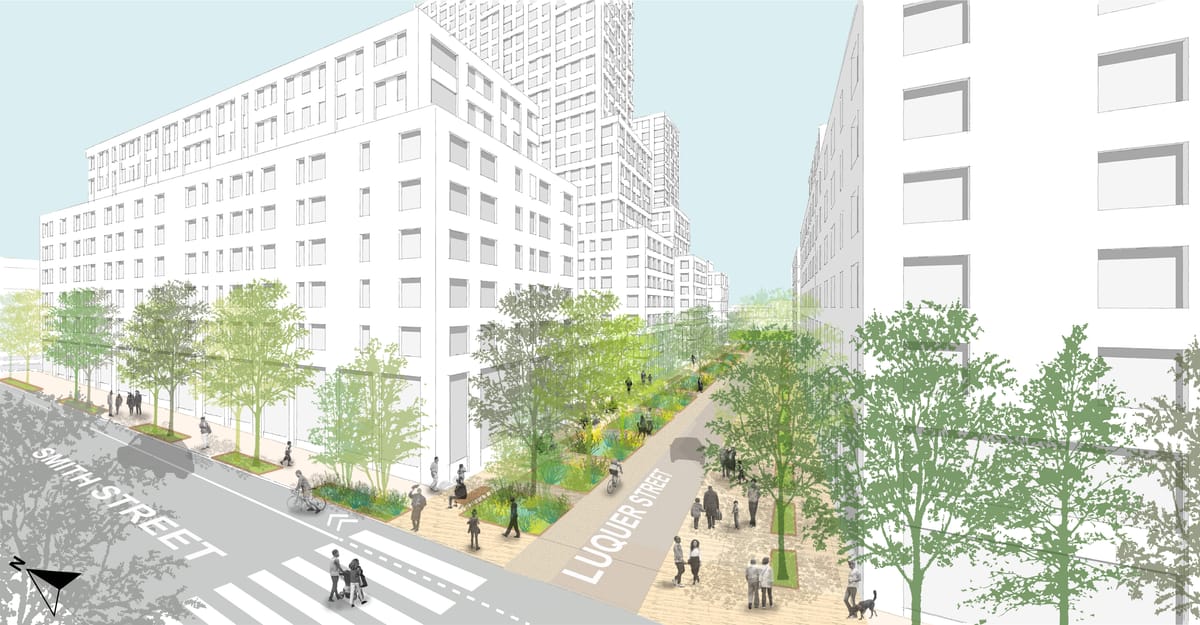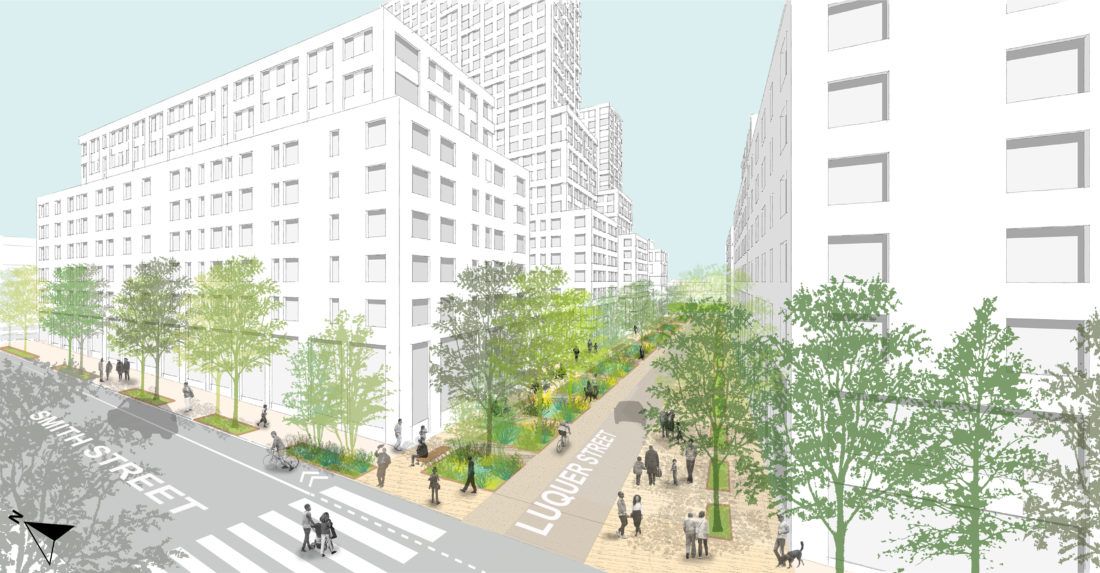OPINION: Gowanus Green Opposition Offers Up NIMBY Misinformation Cloaked in Progressivism


By Michelle de la Uz
A recent opinion piece by several Gowanus residents opposed to affordable housing development in their neighborhood, unfortunately, continued a pattern of dangerously misleading rhetoric about the Gowanus Green development.
As a 43-year old nonprofit comprehensive community development corporation whose mission is to advance economic and social justice through a range of programs and the development and management of affordable housing, we understand the unfortunate truth: when new affordable housing is proposed in a wealthy area, factually dubious scare tactics often follow.
Over the years, we have seen these types of underhanded tactics attempt to undermine our efforts to advance the fight for tenant’s rights, accountable development and climate justice as we continue to work to deliver much-needed programming and support services to more than 5,500 low- and moderate-income New Yorkers a year.
The overall Gowanus rezoning would deliver 3,000 permanently affordable apartments – not, as the piece says, “more than 6000 luxury apartments” – to one of the wealthiest areas of the country. The families who will eventually have the opportunity to move into these apartments don’t have a voice. But as the rezoning’s public approval process moves forward, it’s critical that we speak up on behalf of those families by calling out those hoping to keep newcomers out – especially when they have the gall to fly the environmental justice banner as a smokescreen.
Let’s consider the facts around the cleanup of the Public Place site, also known as Gowanus Green. Numerous former manufactured gas plant (MGP) sites, including 100 11th Avenue in Manhattan, the Mott Haven Educational Campus in the Bronx, and Bushwick Inlet Park in Brooklyn have been successfully remediated and redeveloped for the same or similar uses as those proposed for Gowanus Green.
The 21st-century engineering and scientific solutions for Brownfield and MGP remediation enable us to safely redevelop and reuse these sites to meet critical public purpose goals. In the case of Gowanus Green, that means 950 units of 100 percent affordable housing, a new public school, and a public park all on a remediated site designed above the 2100 floodplain that meets and exceeds all sustainability and resilience standards.
The fact is that the environmental remediation that is currently being done on the Public Place site by National Grid, which will be home to a future Gowanus Green, should be thought of as phase 1 of the remediation. Phase 2, which will enable the development, will be completed by our development team, Gowanus Green Partners, a joint venture with a combined 204 years developing affordable housing across the country
To accomplish that, we are working with an array of City, State and Federal agencies on investigation and cleanup plans. All of those agencies will need to sign off on our plans before anything is developed. Wild-eyed rhetoric attempting to scare people into thinking somehow the rules can be skirted, that somehow we can develop the site without a multi-level government agency-endorsed rigorous cleanup, just displays either ignorance or a blatant effort to mislead about how remediation and development happens in New York City.
I remember when the authors of the recent piece and others in the area were involved in successfully advocating for the US EPA Superfund cleanup of the Gowanus Canal: laudable advocacy, to be sure. But now that new development – especially affordable housing – is on the table, they’ve turned their attention to a misinformation campaign with the goal of scaring the public. Central to this campaign is the odd assumption of an outcome prior to any governmental review or consent of our remediation plans, which will be subject to public review and input, despite assertions to the contrary in the piece.
Finally, let’s be clear what the opponents want. They want to stop all development so that some of the wealthiest parts of Brooklyn will remain exclusive enclaves for those who already call these communities home. They aren’t interested in facts or examples of successful and safe MGP redevelopment. They certainly don’t care about the hundreds of thousands of New Yorkers who need truly affordable housing, are paying more than 50 percent of their income on rent or are homeless. Perhaps most offensively, they have chosen to hijack the very legitimate environmental justice movement, brazenly pretending to care about the interests of future low-income residents of a safely cleaned Gowanus Green in an attempt to mask their faux-progressive NIMBYism.
In the end, the authors of the piece want to ensure they and they alone are the exclusive beneficiaries of a cleaned Canal and surrounding community. That isn’t environmental justice. That’s the opposite. I don’t expect some of these opponents to see the light and check themselves. But I’m hopeful that the broader group of neighbors will ignore the scare tactics, pay attention to the facts, and engage in a productive conversation around both Gowanus Green and the broader Gowanus rezoning as the public review gets underway.
Michelle de la Uz is Executive Director of the Fifth Avenue Committee and a member of Gowanus Green Partners, the joint venture developing Gowanus Green




